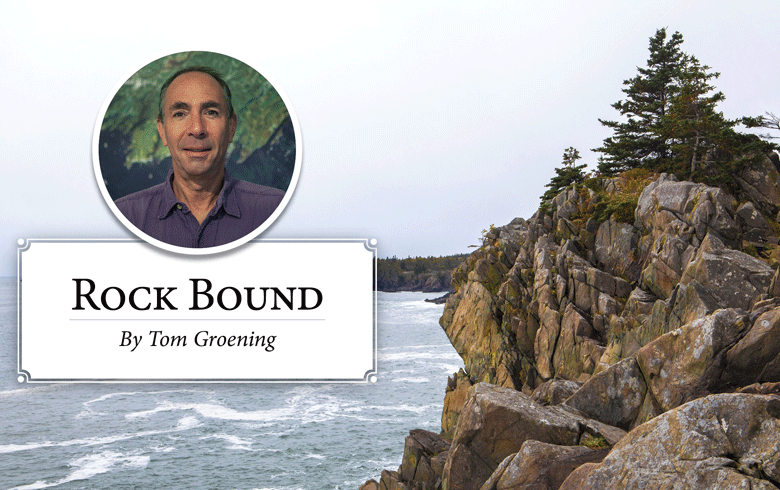Take a journey with me, back to the year 1247. We’re in a walled city in what today is Belgium, and like many towns, it employs a town crier. Let’s call him Tom.
Tom the Town Crier patrols the streets each night, calling out time and status at hourly intervals: “Eleven o’clock, and all is well! Midnight, and all is well!” Like the sounds of the refrigerator and furnace in your home today, the folks in town don’t awaken at his reports.
But then: “A quarter after two, and Mrs. Brown has been stabbed in her bed, and Mr. Brown is running for the city gate!”
Tom, we now understand, was an early journalist. Notice that he didn’t accuse Mr. Brown or speculate on why Mrs. Brown was murdered. Just the facts. And of course, the next morning, townspeople gathered at the village common and complained that Tom never reported the good news.
I think you can draw a direct line from Hearst to the Drudge Report…
As a journalist—who no longer covers murder and mayhem—I spend a lot of time thinking about the profession. It’s evolved a lot since Tom’s days, and yet much remains the same.
I was fascinated by the recent PBS American Experience examining newspaper magnate William Randolph Hearst, “Citizen Hearst,” the title a reference to the famous 1941 film that was a thinly veiled portrait of the man.
Hearst was the son of a man who struck it big in gold, silver, and copper mining. His father was largely absent from his life, and his mother coddled and indulged him. After being kicked out of Harvard, W.R., as his employees later called him, took over a failing newspaper in San Francisco and built it into a dominant, in-demand media outlet, as we would call it today.
Eventually, Hearst owned dozens of dailies, and famously fanned public anger for an invasion of Cuba, using agenda-driven reporting and outright falsehoods. Though he grew circulation through such stunts as having his reporters work to solve crimes, he also made newspapers accessible to the masses through photos, lively graphics, and storytelling that hit readers in the heart as much as the head.
I think you can draw a direct line from Hearst to the Drudge Report and Fox News—the former trading in rumors, the latter in a political agenda—yet also to investigative reporting like that of Bob Woodward. Hearst successfully exposed the abuses of monopolies, even taking the “trusts,” as they were labeled, to court.
What lessons do Hearst’s story offer us today? I think, just like the monopolies that provided coal and ice to inner-city immigrants in the 1890s, media must not be allowed to be monolithic. Media ownership rules that once banned single ownership of a daily newspaper, TV and radio stations in the same city or market no longer guard against abuse.
Many will remember when a chain of radio stations stopped playing records by the Dixie Chicks (now called the Chicks) because one member criticized President George W. Bush from the stage. That was a consolidated media wielding political power.
In Maine, a majority of newspaper readers—in print and online—get their news from reporters who work for Reade Brower. Brower, in the last ten years, has become the owner of the Portland Press Herald, Kennebec Journal, Central Maine Morning Sentinel, Lewiston’s Sun Journal, the Forecaster papers, the Ellsworth American, Mount Desert Islander, Courier-Gazette, The Free Press, Republican Journal, and others. He also owns two printing presses (and he prints our newspaper).
Brower is a thoughtful and interesting man, and unlike Hearst, never set out to be a media mogul. He doesn’t use those papers to further a political agenda. But what happens to this empire when he retires?
Curtailing media consolidation as newspapers struggle to remain profitable is a tough sell. A better front on which to work is the consumer side. People need to be savvy about what they read and watch and use critical thinking to judge the quality of journalism.
Much of Hearst’s early success came in making newspaper readers of immigrants who were just learning English and understanding how our government works. Is there a business opportunity in providing people with more analysis of the news? Maybe gathering snippets of coverage of a single event from five or six media sources, so the audience can get a broader understanding?
The accelerating change we see in media will continue, probably until those of us who came of age before the internet are gone. I hope those who follow know how much our communities need good town criers.
Tom Groening is editor of The Working Waterfront. He can be reached at: tgroening@islandinstitute.org.





